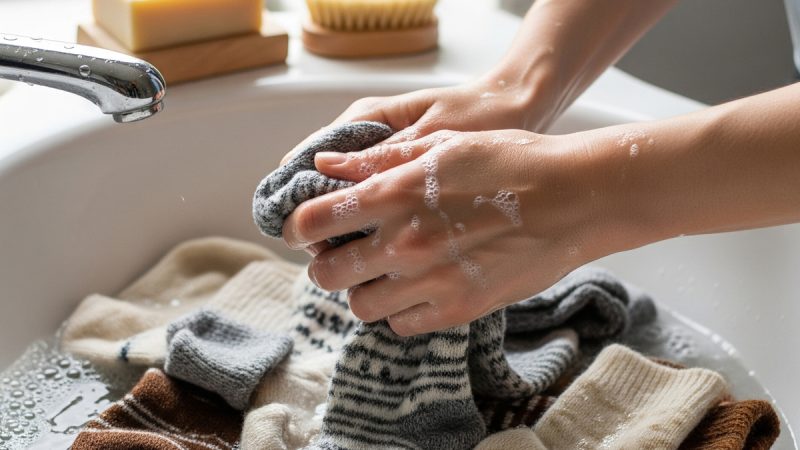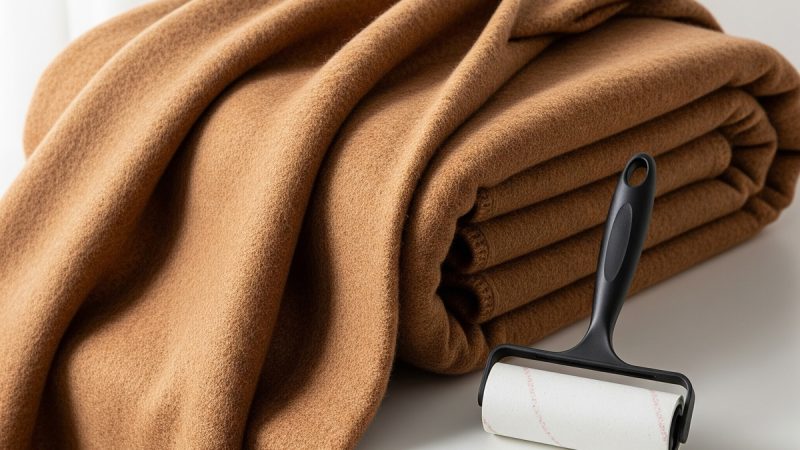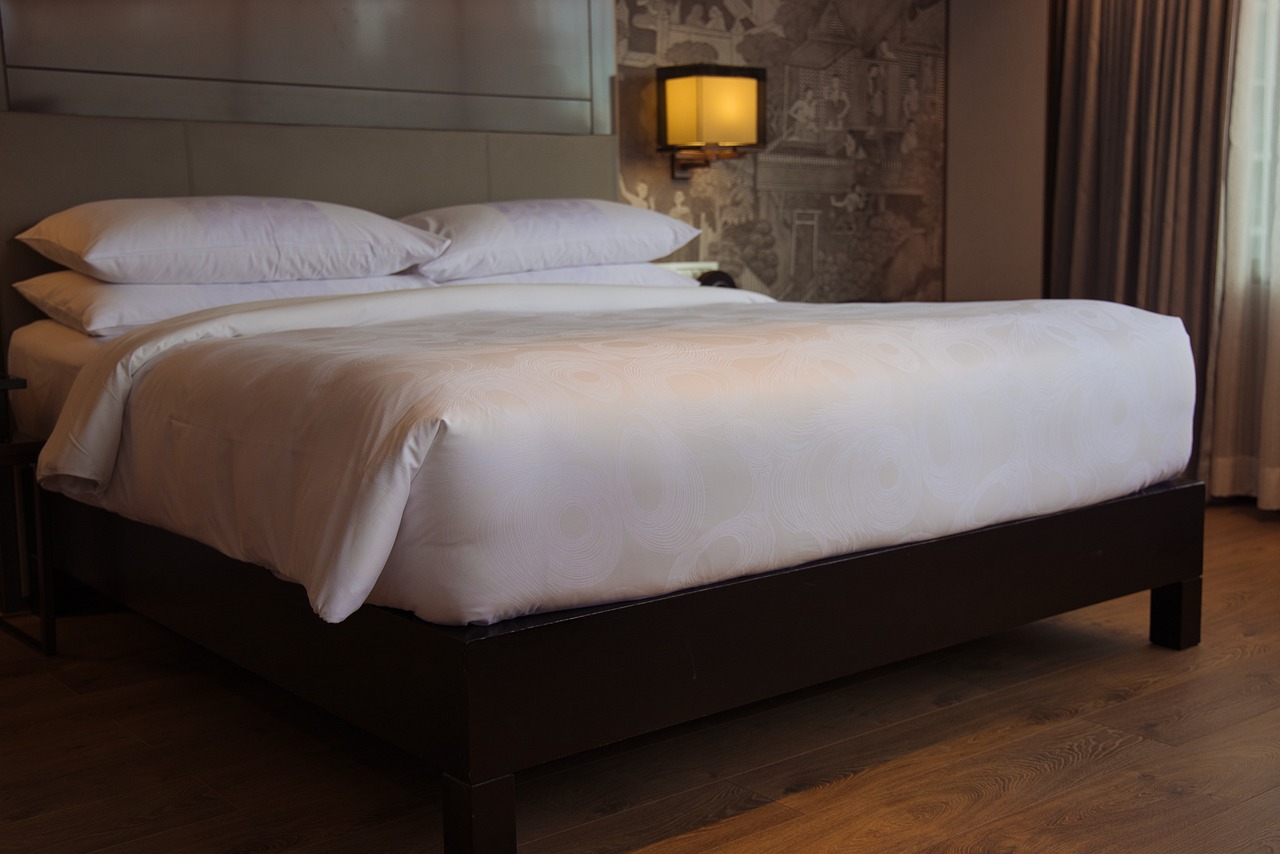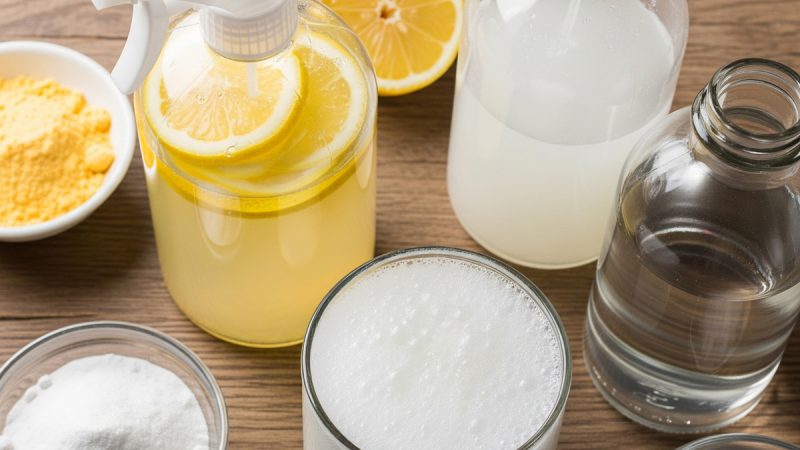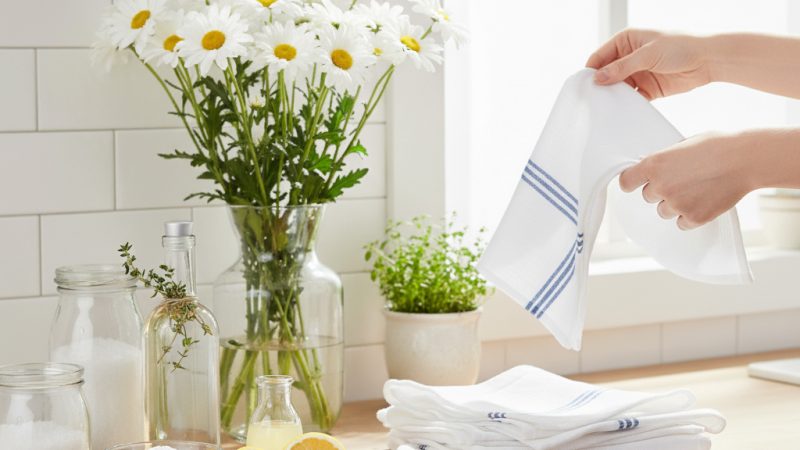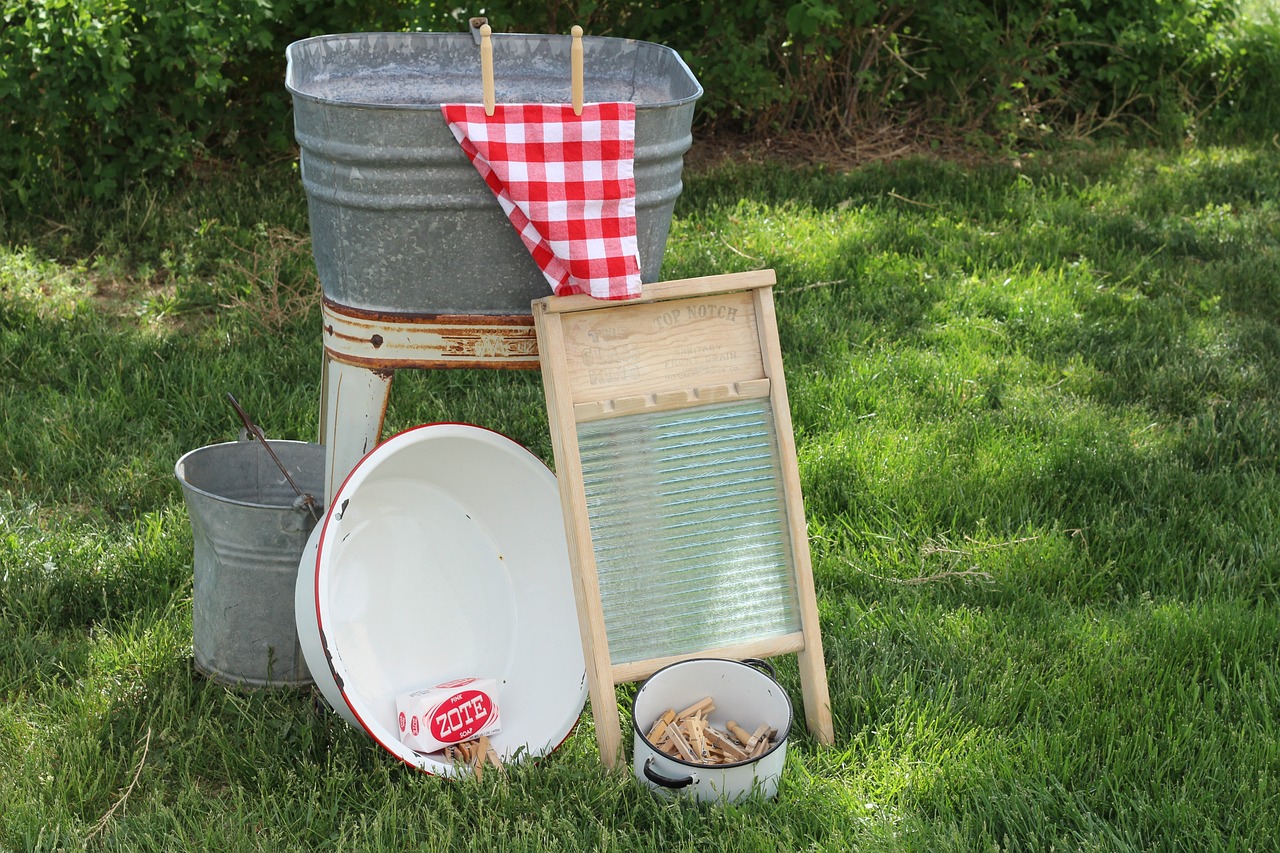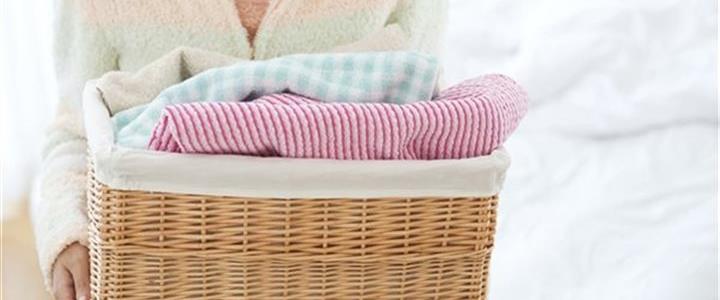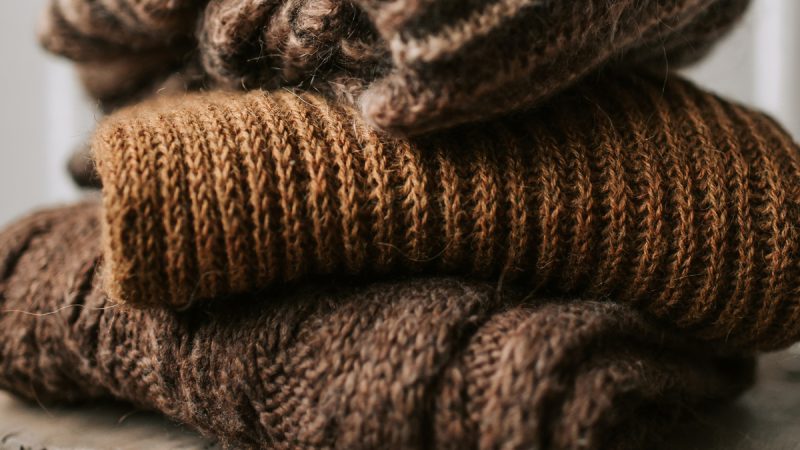Top Tips for Cleaning Your Silver Antiques
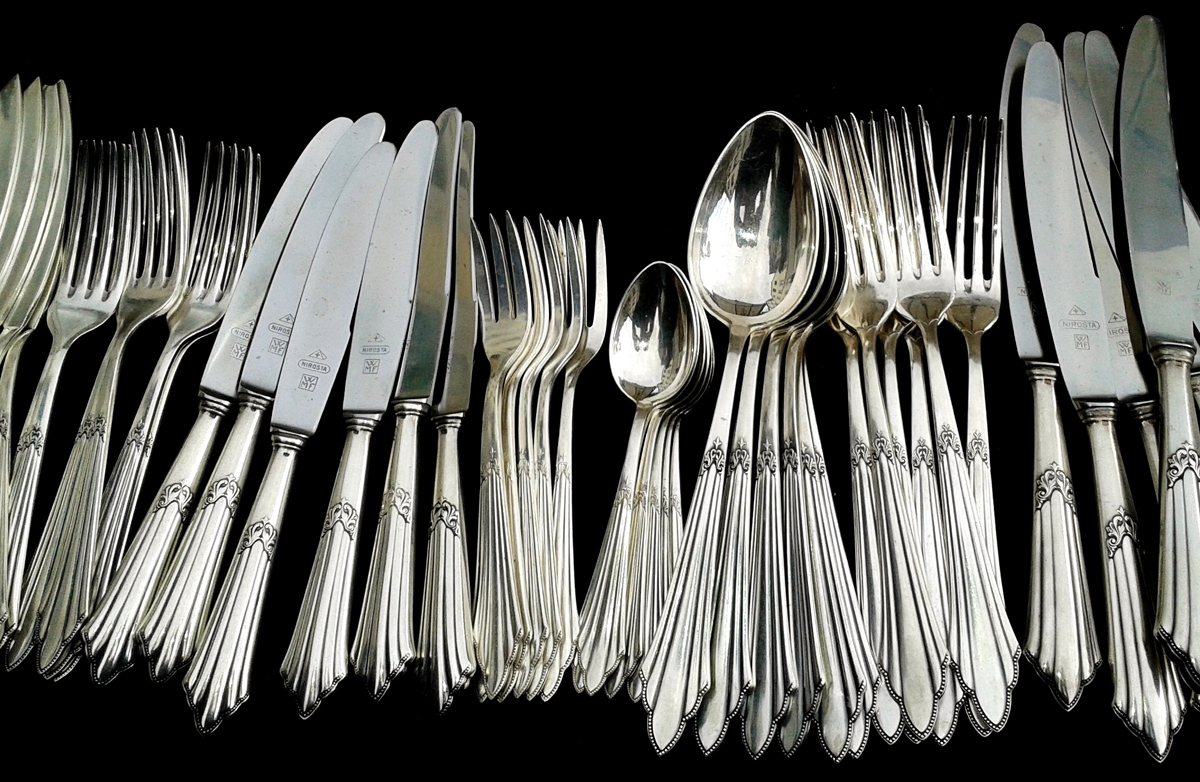
Silver is a very precious and beautiful metal. It can add a touch of elegance to many tea sets, flatware and other dining items. Although it certainly has beauty, it is also a very soft and fragile metal, which means it tarnishes, scratches and stains easily. Many silver collectors find it a little scary to clean their precious items of silver due to the fear of damaging them.
If you speak to any silver dealers they will tell you the worst part of their job is cleaning the silver!
Here are some top silver cleaning tips:
– Avoid over cleaning! Regular ‘gentle’ dusting is preferable to infrequent, over –zealous cleaning
– Ensure you use a clean, cotton cloth or feather duster
– If you are cleaning an item of silver which isn’t too tarnished ‘harring’ with your breath and rubbing with a clean cloth should suffice to remove dust and minor marks such as light fingerprints.
– Wadding, such as ‘Silvo Silver Polish Wadding’ made by Duraglit is ideal for cleaning most items. A clean cotton cloth for the final polish is essential to complete the task effectively.
– When it comes to hallmarks, you may need to protect these when polishing. Simply cover with a slice of tape when polishing the piece. Remove the tape after polishing is complete. By doing so this will stop the hallmarks getting rubbed, many antique silver items have rubbed hallmarks and it makes identifying them difficult.
– Be extra careful when cleaning silver plate items, these require a lot less cleaning, some silver cleaners can be harsh on these items. Try and store these in air tight containers to avoid tarnishing.
Difficult items of silver to polish:
Heavily Chased Silver
Polish tends to collect in the groves of heavily chased decoration. Cleaning such items requires a lot of patience and skill. You may find this decoration exists on Victorian tea sets, especially around the silver spouts.
Pierced Decoration
This requires some delicacy, and a good quality cleaning cloth to cope with all the edges. You will find pierced decoration on a lot of silver baskets.
Cleaning Silver Flatware
As with most antiques flatware is one that should be used and put on show in your home. However with using items regularly you may find you have to clean after each use. Items used frequently strangely see less tarnish and they develop a slow called ‘patina’. This actually enhances the beauty of the piece, so please don’t be scared to use your silver flatware.
After its use, silver flatware should be rinsed straight after its use, especially if it has been in contact with the more acidic foods (eggs, salt and mayonnaise for example).
Whatever you do however do not leave your flatware to soak overnight, as this can cause damage to the metal. Wash the cutlery in hot, sudsy water, and then rinse it clean in hot, sudsy water. You may find some pieces have little crevices in them, these areas are best to clean with an old toothbrush.
We often get asked if you can wash your flatware in a dishwasher, you can however make sure the dishwasher is free from salt and detergent. Please do be aware that if you are washing stainless steel at the same time they must be placed in a separate basket to your silver items as direct contact may cause damage to your silver pieces.
Now, when it comes to drying the flatware you need to do this immediately and use a soft cotton cloth, this will avoid spotting on the items.
We hope you have found some interesting tips in this article and hope you can put this to good use when cleaning your antique silver tea sets and precious tea services you may have at your home.
The Author:
Michiel Van Kets writes articles for AC Silver about where to find high quality antique silver. https://www.acsilver.co.uk

